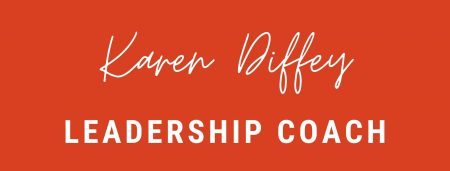Six steps to aid the process of self-reflection
Is Self-Reflection a dying art?
Some people either feel they don’t have the time or that it’s a waste of time.
Others are afraid to take a good, long, hard look at themselves.
This could well be a mistake, because there is so much to be gained by reflection on yourself and your past.
Self-reflection provides many advantages that can make work and life easier:
You learn about yourself.
Many people have low levels of self-awareness. Some because they are too busy, or at least they think they are. Others would prefer to distract themselves rather than spend one second in self-reflection.
- However, there’s much to be learned by taking a few minutes each day and reviewing what has happened, the choices you made, the positives and the negatives.
- When you have a greater level of self-awareness, you can make better plans that play to your strengths.
- Recognition of your weaknesses and managing them is incredibly powerful.
You learn from your past.
If you reflect on the biggest mistakes you’ve made in your work and life, you’ll most likely find that there are many similarities. Your enthusiasm may disengage your colleagues or perhaps you get so immersed in situations that you lose the ability to provide objective support and guidance as a leader.
- If you’ve never taken the time to review these mistakes, it’s highly likely that you keep repeating them.
- Reviewing the past can help you to identify what works best, and then you can advantageously repeat those actions / behaviours.
Take intelligent, thoughtful action.
Many people are very action oriented and avoid “wasting” time on thinking too much. Rather than jumping in with both feet, it can be incredibly helpful to spend some time thinking and strategising.
- Reflect on what you actually want to accomplish for yourself and your organisation. Ask yourself a few questions and use the answers wisely.
The six-step process to aid the process of self-reflection:
Graham Gibbs is an academic who studies self-reflection. He has developed a six-step process to aid the process of self-reflection. Use this guide to help you reflect on your past and present:
1. What happened? Describe the event to yourself. What happened? How did it happen? For what reason?
2. What was I thinking and feeling? What were you thinking at the time? What did you think afterwards? How did you feel at the time? How did you feel afterwards?
3. What was good or bad about the experience? What went well? What didn’t?
4. How does this affect the various parts of my life? What does it say about me?
5. What else could I have done? What would my best self have done?
6. If this happened again, how would I handle it? What would I do differently?
Self-reflection is a useful tool that takes practice to learn and apply. Be patient, as with any new habit, it takes time to embed.
Imagine being able to leverage your strengths, minimise your weaknesses, and avoid repeating your mistakes.
What would that feel like?
If you want to be a more impactful and effective leader but lack of confidence, self-doubt, fear or overwhelm prevents you from moving forward, contact me to schedule a FREE call to find out how I can help you achieve your goals.
